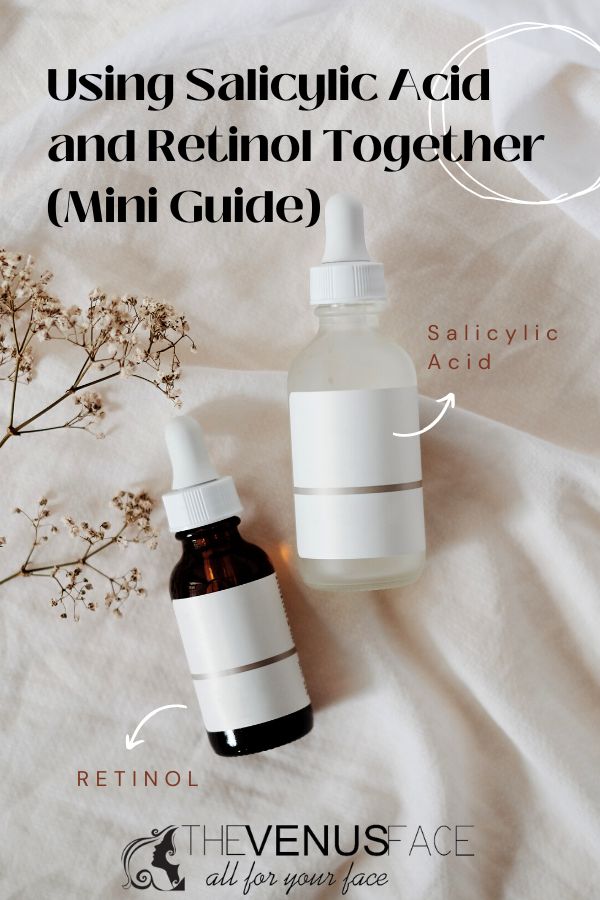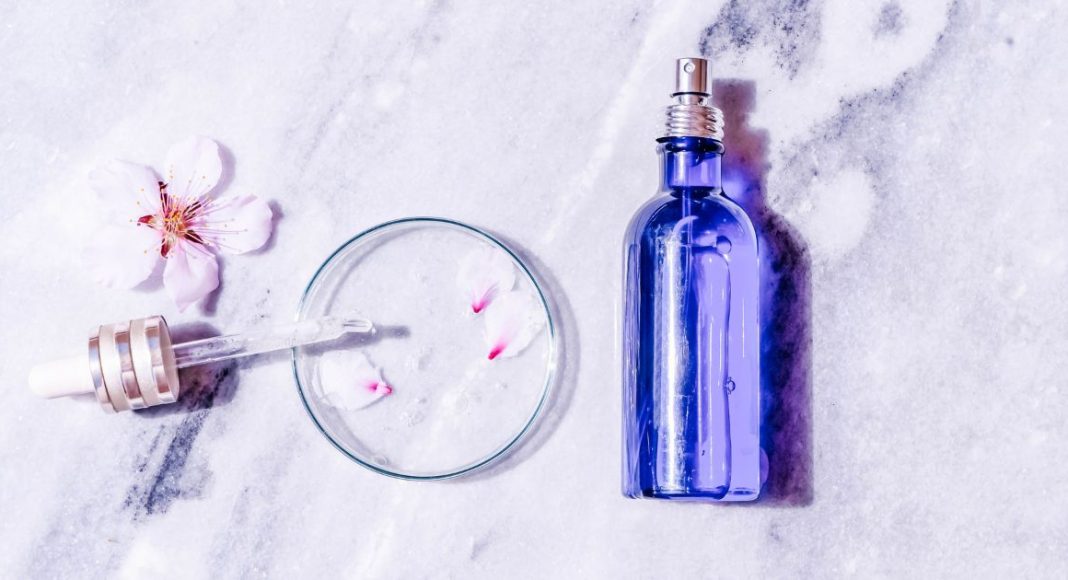Salicylic acid is a common ingredient in many over-the-counter acne treatments. It belongs to the class of medications called keratolytic agents, which work by breaking down the bonds that hold dead skin cells together. This fungus is often found on the skin, but it only causes problems when it gets into hair follicles, which can happen when you shave or wax. As a result, the dead skin cells can accumulate in the follicle and block off the opening. This leads to a build-up of oil under the skin, which provides the perfect environment for the bacteria that cause acne to flourish. Salicylic acid works by exfoliating the top layer of skin, which helps to unclog pores and prevent new breakouts from forming. It also has anti-inflammatory properties that can help to reduce redness and swelling.
Retinol is a form of vitamin A that is commonly used in skincare products. Dermatologists often recommend retinol for its ability to improve the appearance of fine lines, wrinkles, and other signs of aging. Retinol can also help to fade dark spots and improve skin tone. One of the most significant benefits of retinol is that it is one of the most efficient forms of vitamin A. This means that it is quickly absorbed by the skin and begins to work right away.
When it comes to skincare, chances are you have both salicylic acid and retinol in your medicine cabinet. But what exactly are these two ingredients, and how do they work, can you use salicylic acid and retinol together?

As an Amazon Associate, I earn from qualifying purchases.
Can you use retinol and salicylic acid together?
Yes, you can. Retinol and salicylic acid don’t cancel each other out and can, in fact, be quite safe and effective when used together. The acid helps to unclog pores and exfoliate the skin so that the retinol can penetrate deep into the skin and work its magic. These 2 ingredients create a compound effect that’s much greater than either one used alone. Actually, the combination of these 2 ingredients is very suitable for oily acne-prone skin, since the acid helps regulate sebum secretion, and retinol can tighten pores.
More: Is Salicylic Acid Good for Oily Skin? Benefits & How to Use
Best salicylic acid + retinol products
The list below is some of the best-selling face serums that contain both salicylic acid and retinol, just use it as per instructions:
Can you mix salicylic acid and retinol?
Yes, you can. However, it is not necessary to mix them together. You can layer one over the other. For example, you can apply a salicylic acid-based cleanser, followed by a retinol serum or cream. In fact, the “layer” method is more effective than the “mix” method, because the acid helps to unclog pores and prepare the skin so that the retinol can penetrate more deeply.
How to use salicylic acid and retinol together?
While it is simple to use these two ingredients together, there are some basic rules that you should follow.
Start with a clean face
It is mandatory that you start with a clean face before applying anything. This will help the ingredients to be more effective. In order to clean your face, use a gentle cleanser that is suitable for your skin type. After that, wait for your skin to dry completely before applying the products.
Apply salicylic acid first
After your face is clean, apply a pea-sized amount of salicylic acid all over your face. This acid often comes in the form of a cleanser or moisturizer. If it is already in the cleanser, then it seems like you don’t have to do anything else. However, if you are using a salicylic acid serum or moisturizer, then apply it all over your face and gently massage it into your skin for about 30 seconds. It is recommended to apply salicylic products in the morning and apply retinol at night.
Apply retinol next
At night, apply a pea-sized amount of retinol all over your face. Apply it all over your face and gently massage it with your finger in a circular motion until it is fully absorbed. The reason why you should apply acid in the morning and retinol at night is to avoid irritation in case you have sensitive skin. Although it is safe to use both products together, it may be too harsh for some people. If you experience any irritation, redness, or dryness, stop using both products and consult a dermatologist. The most effective form of retinol is a serum, so when buying a retinol product, make sure it is in serum form.
Avoid sunray
Since retinol makes your skin photo-sensitive, it is important to avoid sun rays. Do not go outside without applying sunscreen with SPF 30 or higher. It is also important to wear protective clothing such as a hat or glasses when you are outside. Anyway, it is best to apply retinol at night, before you go to bed.
Final thoughts
Using salicylic acid and retinol together is a great way to achieve clear and youthful skin. These two ingredients work together to unclog pores, exfoliate the skin, and improve skin tone. Just make sure to follow the basic rules: start with a clean face, apply salicylic acid first, followed by retinol, and avoid sunray. With consistent use, you will see a noticeable difference in your skin in no time.
More:
- Using Azelaic Acid and Retinol Together (Mini Guide)
- Using Hyaluronic Acid and Retinol Together (Mini Guide)
- Using Glycolic Acid and Retinol Together (Mini Guide)
- Using Lactic Acid and Retinol Together (Mini Guide)
F.A.Q
Can I use retinol after salicylic acid cleanser?
Yes, you can. However, please note that you must apply the acid in the morning and the retinol at night, or apply the acid today and the retinol tomorrow. The basic rule is not to use them at the same time, in order to avoid irritation.
Salicylic acid before retinol or after?
Salicylic acid should be applied before retinol. This is because the acid helps to unclog pores and prepare the skin so that the retinol can penetrate more deeply. Please read the instruction above to find out more.





